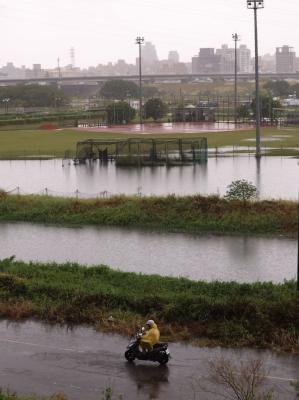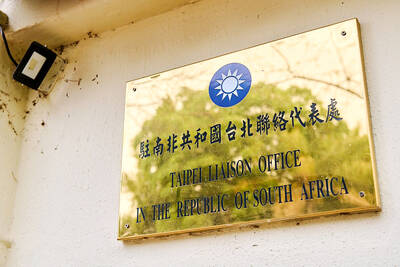A legislative friendship group was yesterday established at the Legislative Yuan in Taipei to build closer ties with ASEAN members, and to promote regional peace, economic development and bilateral trade.
Democratic Progressive Party (DPP) Legislator Chen Ou-po (陳歐珀), who heads the Taiwan-ASEAN Parliamentary Friendship Association, told a ceremony announcing the association’s establishment that the group would seek to enhance exchanges with the 10 ASEAN member states of Brunei, Cambodia, Indonesia, Laos, Malaysia, Myanmar, the Philippines, Singapore, Thailand and Vietnam.
Many new immigrant spouses in Taiwan come from ASEAN member states and the group hopes to work closely with them to promote ties, Chen said.
About 30 lawmakers across party lines have joined the association, he added.
Speaking at the ceremony, Legislative Yuan Secretary-General Lin Jih-jia (林志嘉) expressed the hope that a legislative delegation would visit ASEAN members as soon as the COVID-19 pandemic subsides.
Overseas Community Affairs Council Minister Tung Chen-yuan (童振源), who also attended the ceremony, said that most overseas Taiwanese businesses have chosen to conduct business in ASEAN member states, with at least 600,000 businesspeople and their family members based in those countries.
The New Southbound Policy launched by the government in May 2015 to enhance ties with ASEAN, as well as other countries in the region, has built a solid foundation for bilateral ties and raised relations to the next level, he added.

Taipei, New Taipei City, Keelung and Taoyuan would issue a decision at 8pm on whether to cancel work and school tomorrow due to forecasted heavy rain, Keelung Mayor Hsieh Kuo-liang (謝國樑) said today. Hsieh told reporters that absent some pressing reason, the four northern cities would announce the decision jointly at 8pm. Keelung is expected to receive between 300mm and 490mm of rain in the period from 2pm today through 2pm tomorrow, Central Weather Administration data showed. Keelung City Government regulations stipulate that school and work can be canceled if rain totals in mountainous or low-elevation areas are forecast to exceed 350mm in

EVA Airways president Sun Chia-ming (孫嘉明) and other senior executives yesterday bowed in apology over the death of a flight attendant, saying the company has begun improving its health-reporting, review and work coordination mechanisms. “We promise to handle this matter with the utmost responsibility to ensure safer and healthier working conditions for all EVA Air employees,” Sun said. The flight attendant, a woman surnamed Sun (孫), died on Friday last week of undisclosed causes shortly after returning from a work assignment in Milan, Italy, the airline said. Chinese-language media reported that the woman fell ill working on a Taipei-to-Milan flight on Sept. 22

COUNTERMEASURE: Taiwan was to implement controls for 47 tech products bound for South Africa after the latter downgraded and renamed Taipei’s ‘de facto’ offices The Ministry of Foreign Affairs is still reviewing a new agreement proposed by the South African government last month to regulate the status of reciprocal representative offices, Minister of Foreign Affairs Lin Chia-lung (林佳龍) said yesterday. Asked about the latest developments in a year-long controversy over Taiwan’s de facto representative office in South Africa, Lin during a legislative session said that the ministry was consulting with legal experts on the proposed new agreement. While the new proposal offers Taiwan greater flexibility, the ministry does not find it acceptable, Lin said without elaborating. The ministry is still open to resuming retaliatory measures against South

1.4nm WAFERS: While TSMC is gearing up to expand its overseas production, it would also continue to invest in Taiwan, company chairman and CEO C.C. Wei said Taiwan Semiconductor Manufacturing Co (TSMC) has applied for permission to construct a new plant in the Central Taiwan Science Park (中部科學園區), which it would use for the production of new high-speed wafers, the National Science and Technology Council said yesterday. The council, which supervises three major science parks in Taiwan, confirmed that the Central Taiwan Science Park Bureau had received an application on Friday from TSMC, the world’s largest contract chipmaker, to commence work on the new A14 fab. A14 technology, a 1.4 nanometer (nm) process, is designed to drive artificial intelligence transformation by enabling faster computing and greater power